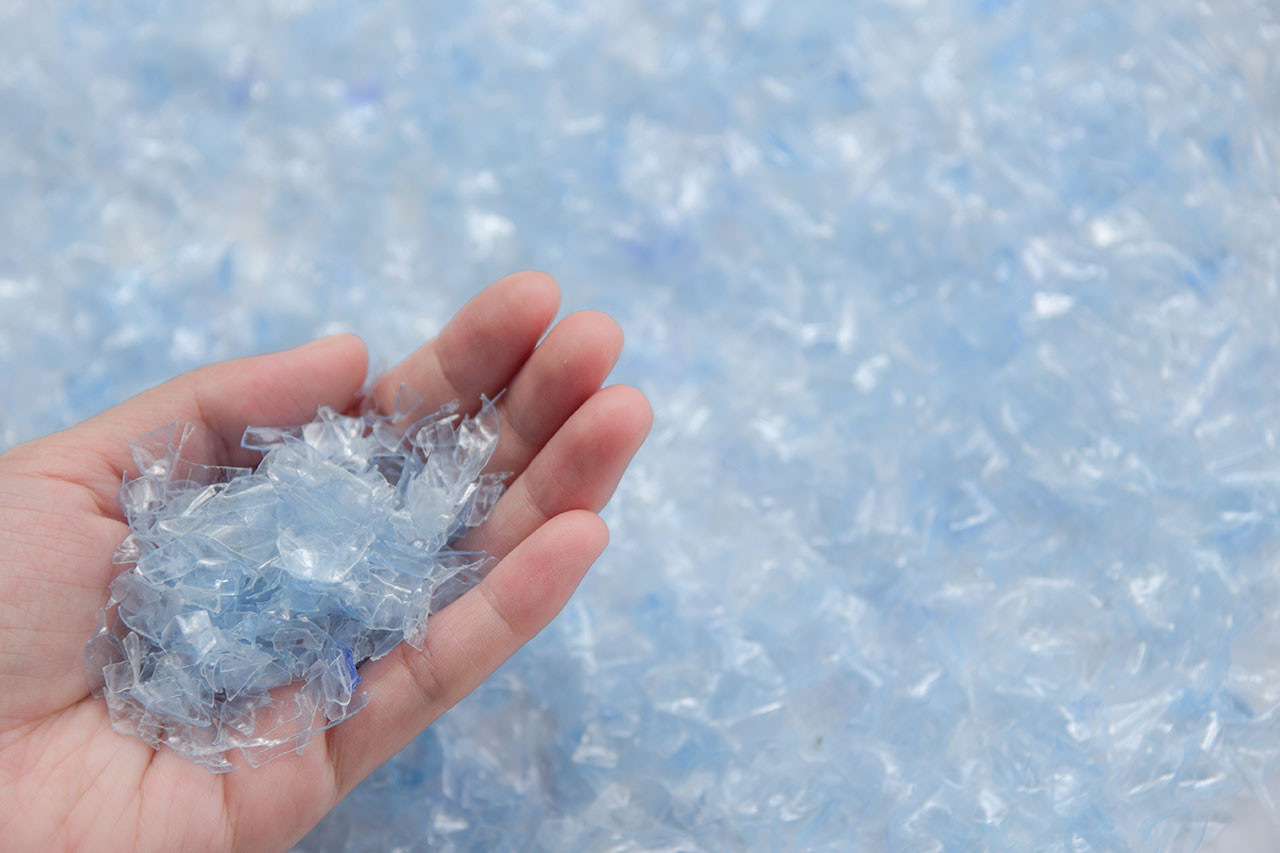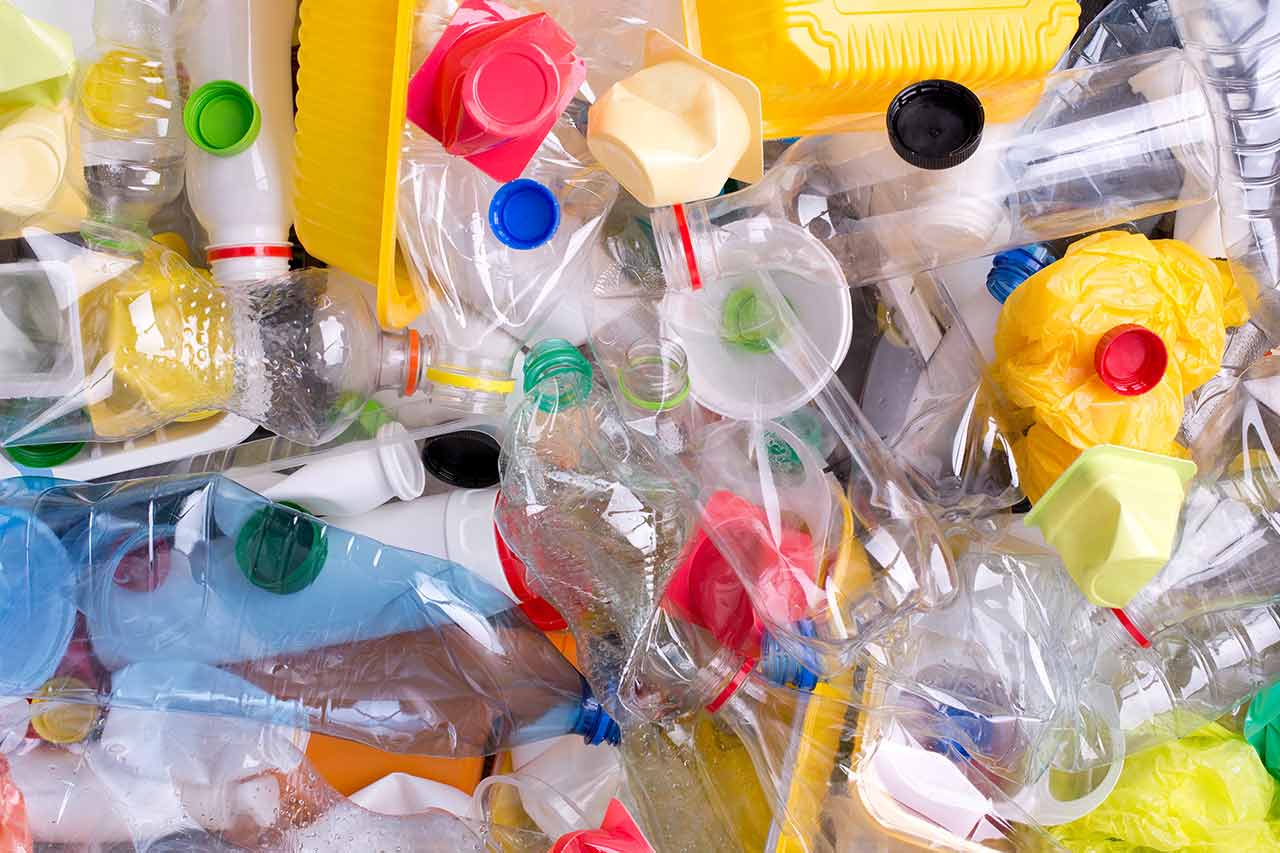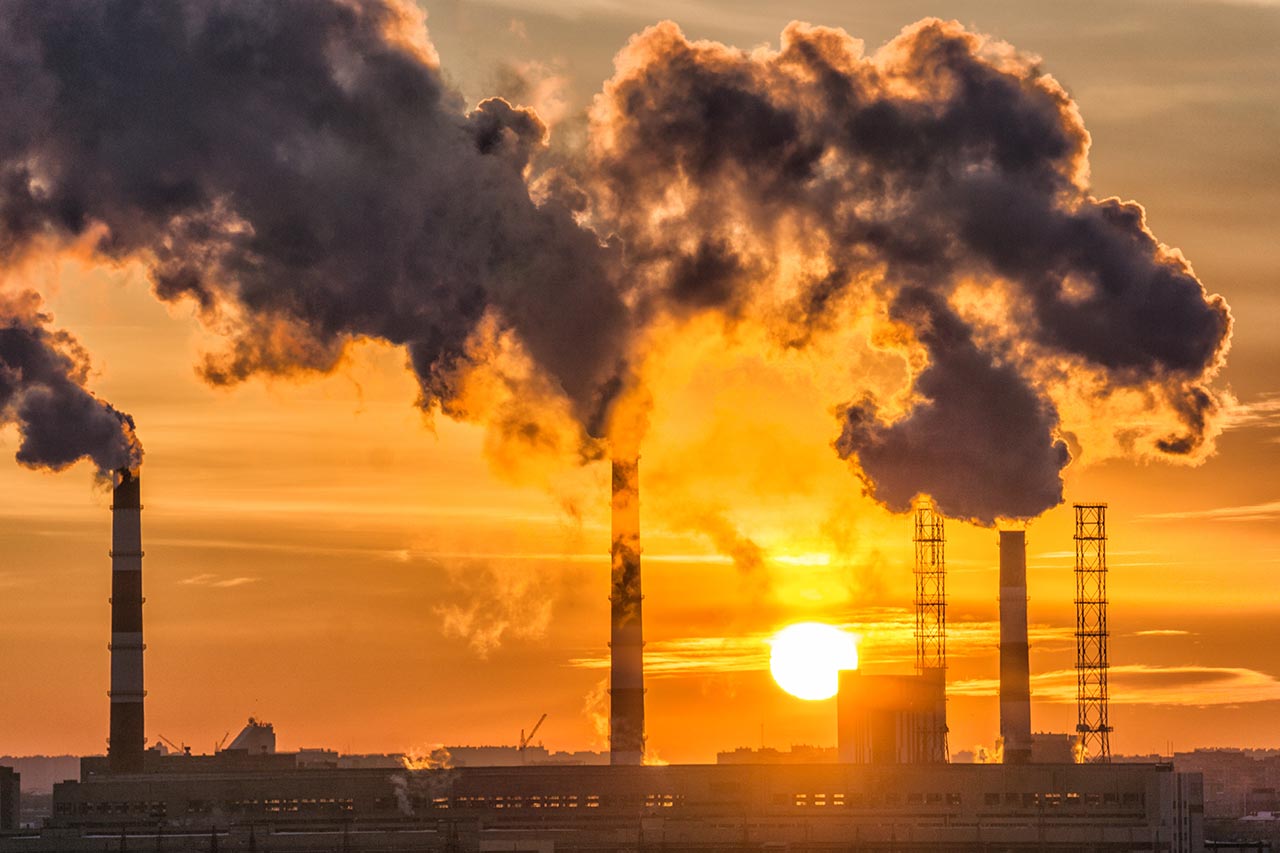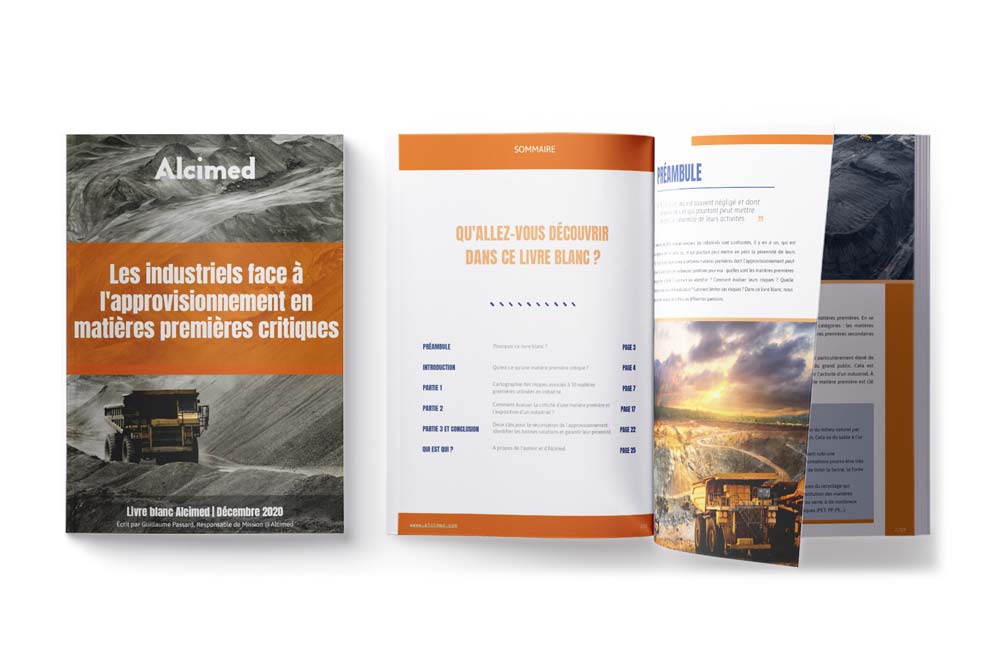Plastic: a ubiquitous material, increasingly regulated for its use and recycling
In order to reduce these excesses, plastic must integrate increasingly strict regulatory constraints, such as the European directive on single use or the anti-waste law. The targets set are to make all plastic packaging on the EU market recyclable by 2030, to reduce the consumption of single-use plastics and to limit the impact of microplastics, especially on aquatic environments.
With the introduction of recycled materials, manufacturers are also encouraged to develop alternative uses for plastics. Future bottles marketed in Europe must include a minimum of 25% recycled plastic by 2025. The Infinéo initiative of the giant Coca-Cola is a good example: in partnership with the recycler Plastipak and thanks to the development of a plastic recycling center, Coca-Cola bottles in Europe now include one third of recycled PET.
Plastic alternatives: did you say “green” alternatives?
However, the “plastic bashing” is also pushing brands to develop alternatives to plastic, especially for consumer products. If these initiatives, encouraged by a growing ecological awareness and a rise of circular economy approaches, are beneficial and set a framework for action for the decades to come, it is important not to confuse speed with haste.
Indeed, the strict rejection of plastic leads to its replacement on a large scale by other, sometimes non-recyclable and often imported materials. The urgent marketing of poorly controlled alternatives can have a carbon impact exceeding that of the initial plastic packaging!
For example, if cardboard is robust and easily recyclable, its impact on biodiversity can be very important when it does not come from sustainably managed forests. It loses all its interest when it is associated with a hydrophobic film making its recycling very complex. Bamboo, which is light and versatile, is imported from Asia and involves significant chemical treatments, for example during the manufacture of bamboo viscose.
Learn more about how our team can support you in your circular economy or recyclability projects >
Recycling channels in strong structuring
It is therefore necessary to take a step back from the “plastic bashing” and to reopen the debate on its use and especially its recycling. Indeed, we all tend to equate plastic products and waste, of which only a small fraction is recycled.
Only 5% of the plastic used in the world is recycled. Manufacturers are now committed to changing the way plastics are produced and used. For example, the food packaging producer Guillin is now positioning itself around a more rational use, thanks to eco-design and an approach to monitoring materials throughout their life cycle.
Thanks to the support of the European Commission, the EuCertPlast certification allows us to enhance the value of the actors involved in the recycling of used plastics, by promoting transparency and the generalization of good practices. According to PlasticsEurope, these various commitments will enable us to achieve 30% of plastics recycling by 2020, a figure that is growing but still relatively low.
In France, since the launch in 2012 of the extension of sorting instructions for household waste, clear progress has been made in plastic recycling. The plastic recycling industry is being strengthened by the coordinated actions of local communities, public authorities, sorting centers and recycling specialists such as CITEO or Valorplast.
Indeed, allowing plastics to live a new life means above all supporting the various developments of the plastic recycling industry, which is mobilized for the eco-design, collection, sorting, regeneration and reuse of second generation plastics. Plastics are of very varied chemical nature, polyethylene (PE), polypropylene (PP), polystyrene (PS) or polyethylene terephthalate (PET), and each of these materials requires a specific plastic recycling industry.
Under the new regulations, the use of plastic is becoming more rational and with commitments over its entire life cycle. Thus, the generalized “plastic bashing” deserves to be qualified by distinguishing between single use and rational use. Moreover, the development of plastic alternative materials must be done in a controlled manner, beyond the simple marketing argument. When recycled, plastic can have a smaller carbon footprint than its substitutes, such as cardboard or wood pulp. Over a full life cycle, with plastic recycling, it emits up to three times less greenhouse gases than other packaging materials.
So is plastic fantastic or dramatic? Recyclable plastic, new generation plastic, valorization and second life, do not miss the next explorations of this “Plastic is Fantastic!” series to continue our reflection!
About the author,
Elodie, Senior Consultant in Alcimed’s Chemicals-Materials team in France



